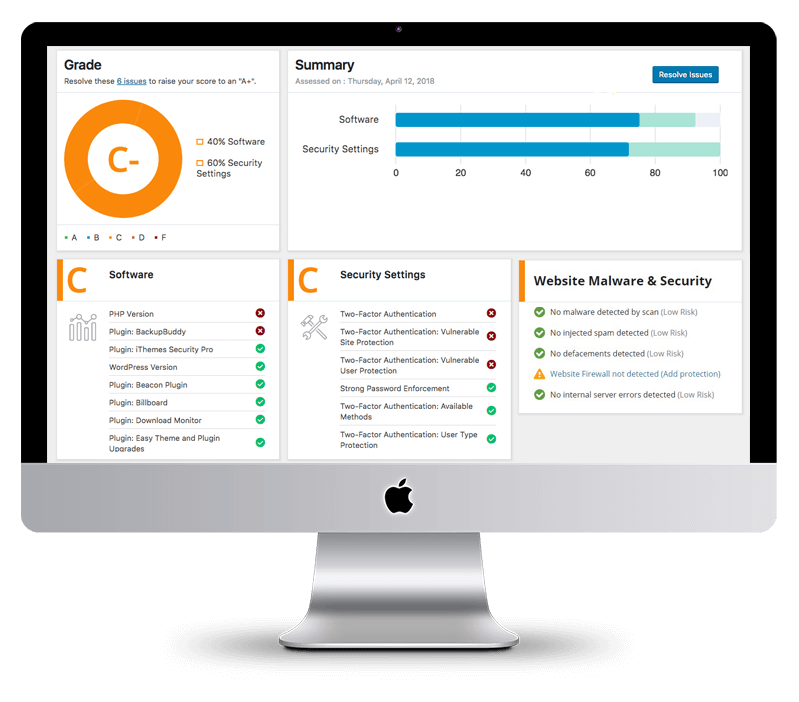If you run a website or rely on Google for business, the June 2025 Broad Core Update probably already sent you scrambling for the analytics dashboard. This time, the shakeup hit hard and fast—especially for anyone in the US. We’re seeing AI Overviews everywhere, traffic patterns upended, and some industries riding it out while others get thrashed.
Key Takeaways
- The update rolled out at the very end of June, affecting rankings worldwide, with the US hit hardest so far
- AI Overviews are now showing up in 15% of desktop searches in some sectors—almost doubling overnight
- Zero-click searches are up from 56% to 69%, especially hurting news and info-focused sites
- Arts, entertainment, and lifestyle sites face heavy volatility, but health and real estate are oddly steady
- Don’t panic! Ranking drops are common now, but many sites rebound within three weeks
What Is This Broad Core Update, Anyway?
Google does big algo updates once or twice a year, calling them “broad core updates.” The goal? Tweak how their search works, often to show more relevant or high-quality content.
This June update (even though it actually landed in July—classic Google) is scheduled to roll out over three weeks. That means the search results are a rollercoaster for a while (and not in a fun way). Usually, most of the movement happens in the first two weeks, then Google “fixes” a few things at the end.
Why does it matter? Because when your site’s rankings change, so does your traffic.
How Volatility Looks Across Sectors (and Countries)
The Semrush Sensor (think: a weather radar, but for SEO) showed the USA getting hammered.
- US: "Really, really high volatility"—especially mobile results
- UK: Pretty high, but not like the US
- Europe: Weirdly stable (for now)
This is especially rough if you run an arts, entertainment, hobbies, or home/garden site. Here’s a quick snapshot:
| Sector | US Volatility | Europe Volatility |
|---|---|---|
| Arts & Entertainment | ▲ High | Low |
| Hobbies & Leisure | ▲ High | Low |
| Home & Garden | ▲ High | Low |
| Internet & Telecom | ▲ High | Low |
| Health | Stable | Stable |
| Real Estate | Stable | Stable |
Health being stable is super weird: this sector usually gets slammed in big updates, but not this time.
AI Overviews: Up, Up, and Away
If you spotted those big summary boxes at the top of Google results lately, you’re not alone. AI Overviews shot up to about 15% of desktop searches overnight—nearly a 10% visibility jump in just a day or two.
- Google’s pushing AI hard, especially in the US and UK
- Expect even more AI features creeping into your results
- Video carousels are increasing, mostly YouTube (owned by Google, of course)
Zero-Click Searches: Fewer Visitors, More Frustration
With AI answers and snippets, more people find what they need right on Google, and never visit your site.
According to Similarweb:
- Zero-click searches: up from 56% to 69% since AI Overviews arrived
- News and info publishers see consistent traffic drops
Why Sites Gain or Lose Rankings (Spoiler: It’s Not Just Content)
If you’re seeing a drop, here are the likeliest causes (and a gut-check list for your site):
Common ranking killers:
- Thin or weak content (AI-written stuff with no real editing does poorly)
- Poor E-E-A-T (Experience, Expertise, Authority, Trust all count)
- Outdated info (Google’s tired of old blog posts)
- Technical debt (slow, clunky sites get hammered)
- Bad backlinks (lots of junky links hurt more than help)
Simple table—Are you at risk?
| Risk Factor | Safe | Warning Signs |
|---|---|---|
| Content Quality | Original, deep | Thin, generic, AI-only |
| E-E-A-T | Author bios | Anonymous content |
| Freshness | Up-to-date | Old or rarely updated |
| Technical SEO | Fast loading | Slow, broken links |
| Backlinks | High-quality | Spammy, low-quality links |
Don’t Panic: Your Game Plan for the Next 3 Weeks
First reaction: You see rankings tank and you want to start updating everything.
But don’t rush.
- Changes during the update make it hard to know what helped or hurt
- Google often “fixes” major swings in weeks two and three
What to do instead:
- Track traffic shifts and note which pages lose ground
- Compare to your competitors—are they hit too?
- Make a list of weak pages worth improving after the rollout ends
- Hold off on major changes until the dust settles
Free, easy tools:
- Google Search Console: Track impressions, clicks, and errors by page
- Your rank tracker (Ahrefs/Semrush/Moz): Filter by date and see topic trends
What If Rankings Don’t Recover?
If, after three weeks, your pages are still down:
- Review the affected landing pages—do they need fresher content?
- Check technical SEO (fast enough? no crawl errors?)
- Prune unrelated or thin content; focus on core topics
- Check if your sector overall took a hit, or just your site
And finally: Quality over quantity always beats trying to game the system.
Last Advice From the Trenches
This is the most disruptive update in a while—especially for publishers, info sites, and marketers in the US. The key thing? Don’t panic. Wait for the full three weeks, watch what changes, and only then start making improvements based on what actually dropped.
If you’re struggling or seeing something weird, keep solid notes, and when the dust settles, take thoughtful action. And, as any seasoned SEO will tell you: nine times out of ten, patience pays off.
Here’s hoping you see more green arrows before the month is out!

Rodney Laws is an ecommerce expert with over a decade of experience helping entrepreneurs build and grow online businesses. He specializes in reviewing ecommerce platforms, optimizing user experience, and guiding brands toward higher conversions. His insights have been published on leading industry sites including UsabilityGeek, G2, Spendesk, and PPC Hero.
As the editor at EcommercePlatforms.io, Rodney combines hands-on knowledge with clear, actionable advice to help business owners choose the right tools and strategies. When he’s not testing the latest software or analyzing trends, he’s sharing practical tips that make complex ecommerce decisions simple.








